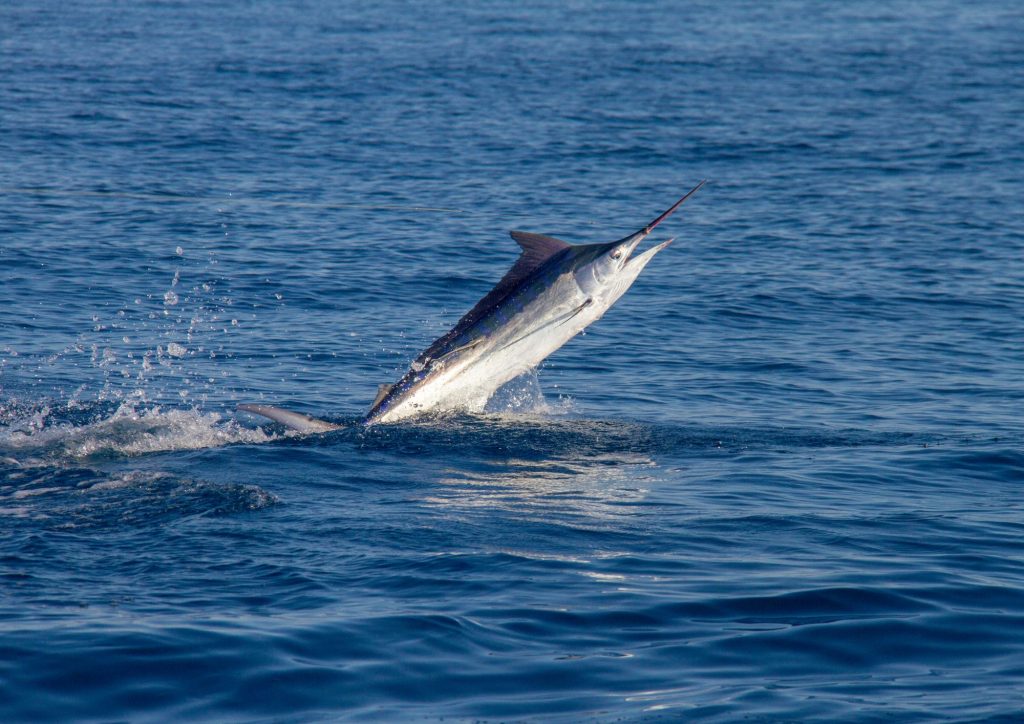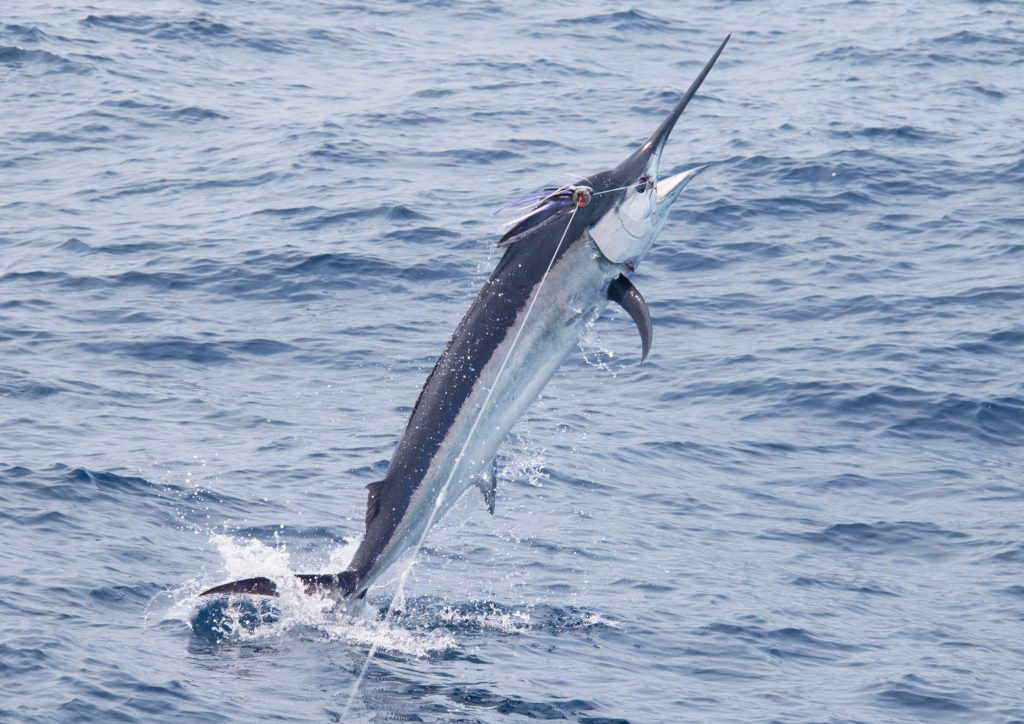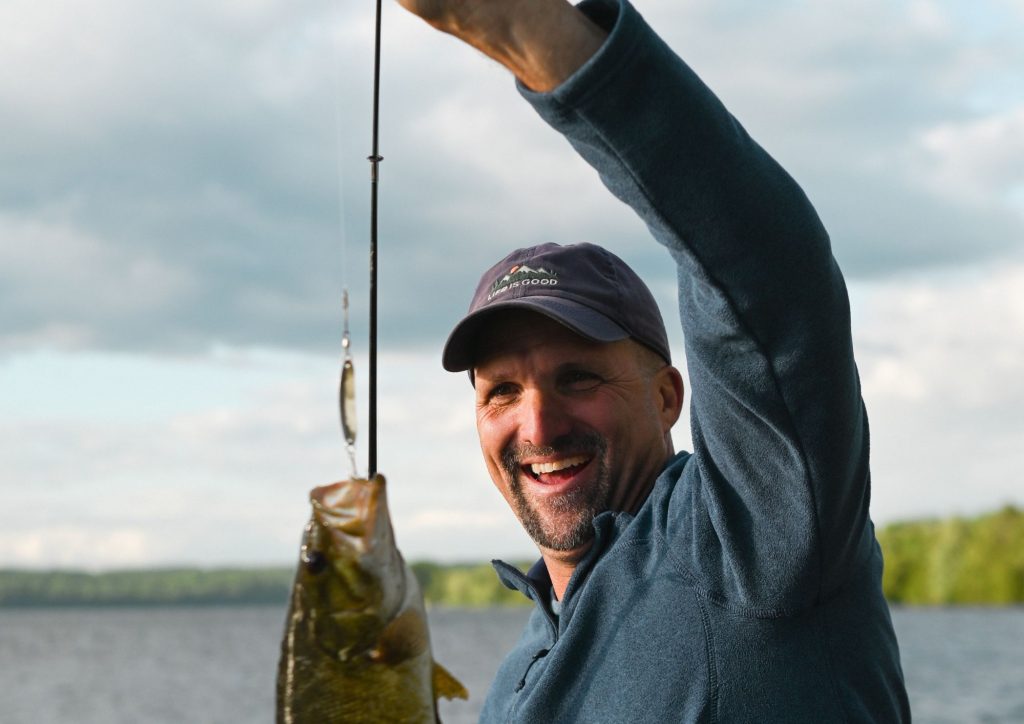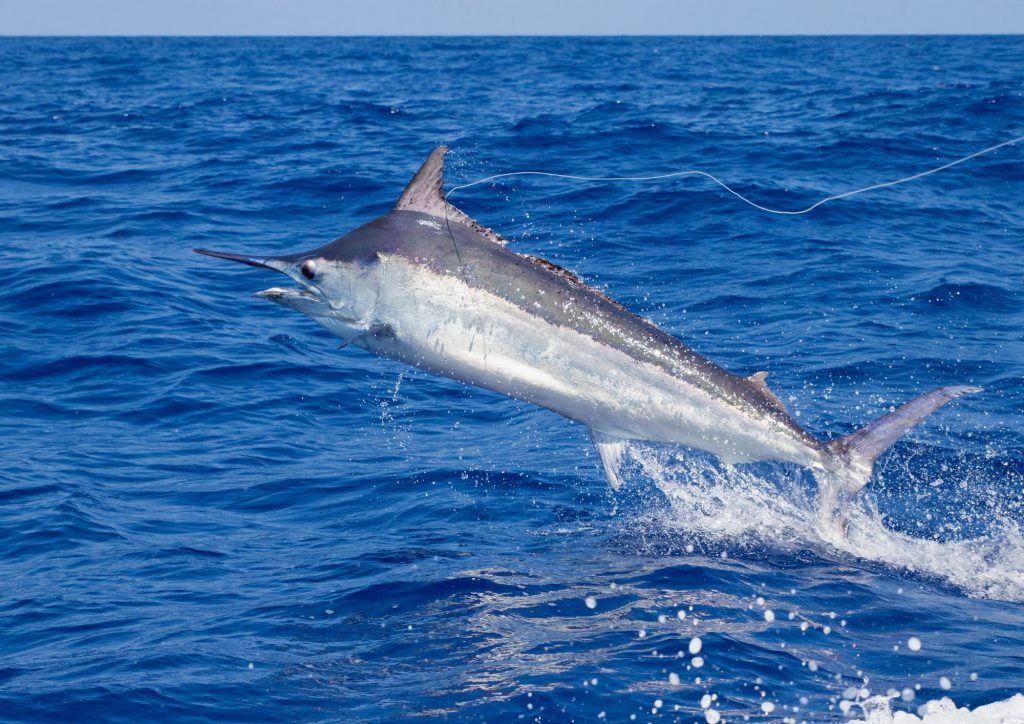The Blue Marlin Fish: A Legendary Species in Sport Fishing
Among the most iconic catches in the world of big-game angling, the blue marlin fish stands out as a true legend. Known for its size, speed, and beauty, this remarkable predator fascinates both professional anglers and marine biologists. Native to tropical and subtropical waters of the Atlantic, Pacific, and Indian Oceans, the blue marlin fish can weigh over 1,000 pounds, making it one of the most prized trophies for those who embark on offshore fishing adventures. Its distinctive cobalt-blue dorsal coloring, elongated body, and spear-like bill make it unmistakable in appearance. Beyond aesthetics, the blue marlin plays a vital role in marine ecosystems as a top predator, helping maintain balance among smaller fish species.
Sportfishing communities, particularly in destinations like the Canary Islands, Hawaii, or the Gulf of Mexico, have long celebrated the blue marlin fish as the ultimate challenge. Hooking one requires not only patience and endurance but also a combination of skill, teamwork, and high-quality fishing gear. Because of its reputation, the blue marlin is more than just a catch—it’s a symbol of perseverance, adventure, and respect for the ocean.

Why Anglers Pursue the Blue Marlin Fish
The pursuit of the blue marlin fish is not solely about the catch itself but also about the journey. When hooked, a marlin launches into acrobatic leaps, tail-walks across the surface, and executes powerful dives into the depths. These battles can last hours, testing both the angler’s strength and the resilience of the boat crew. For many fishermen, the encounter with a blue marlin is the highlight of their career—a once-in-a-lifetime achievement.
The fishing tourism industry thrives on this excitement. Destinations offering offshore charters attract thousands of visitors each year who dream of coming face to face with the blue marlin fish. Moreover, fishing tournaments worldwide—such as the renowned Bisbee’s Black & Blue in Mexico—feature blue marlin as the star of the competition, with prize pools reaching millions of dollars. Beyond sport, these events foster a strong sense of community and respect for conservation, encouraging catch-and-release practices to protect future populations.
From an ecological perspective, targeting the blue marlin fish also emphasizes the importance of sustainable practices. Many organizations advocate for responsible fishing, ensuring that these magnificent creatures continue to roam our oceans. By promoting education and awareness, charters and guides contribute to both the thrill of fishing and the preservation of marine biodiversity.

Conservation Efforts and the Future of the Blue Marlin Fish
While the blue marlin fish inspires admiration, it also faces significant challenges. Overfishing, habitat degradation, and bycatch in commercial tuna and swordfish industries pose serious threats to its survival. Classified as vulnerable by the International Union for Conservation of Nature (IUCN), the species requires ongoing conservation efforts. Encouragingly, many fishing operators and organizations are embracing sustainable practices. Catch-and-release programs, tagging initiatives, and strict regulations on minimum catch sizes are helping to safeguard populations.
Charters specializing in marlin fishing educate participants about the importance of handling fish carefully before release, ensuring minimal stress and maximum survival. These efforts highlight the dual role of sport fishing: providing unforgettable experiences while supporting marine conservation. By choosing responsible charters, anglers become active participants in the preservation of this incredible species.
The legacy of the blue marlin fish lies not only in its power and beauty but also in humanity’s ability to respect and protect it. For anglers, the thrill of the fight will always be part of the story, but the real victory comes when the marlin swims free, ready to inspire the next generation of fishermen.


